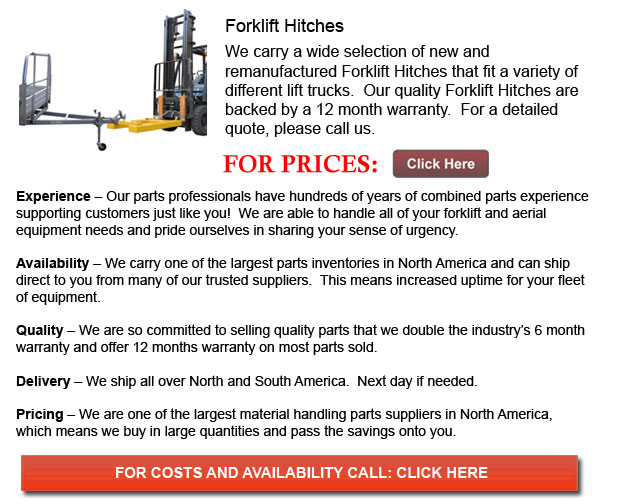
Forklift Hitch - A tow hitch is an object which attaches to the chassis of a vehicle. It is used for towing or can be connected as a tow-bar to a set of paired main gears or an aircraft nose. Hitches can take many forms. They could be in the form of a tow pin and jaw together with a trailer loop. This particular design is normally used for agricultural applications with big vehicles where slack in the pivot pin allows articulation and swiveling. It can even take the form of a tow-ball so as to allow the same movements of a trailer. The towing pintle is one more category of hitches which is utilized on military vehicles globally.
The ball mount enables the ball to be mounted to it while receiver hitches have ball mounts which are removable. The fixed drawbar hitch is one more type of hitch. These versions have incorporated ball-mounts. It is important for the ball-mount to match the SAE hitch class. The ball-mount used in a receiver type of hitch is a rectangular bar that fits into a receiver that is connected to the motor vehicle. There are removable ball-mounts available which are designed with a different drop or rise to be able to accommodate varying heights of vehicles and trailers to enable for level towing.
It is vital to have the proper combination of trailer and vehicle in order to safely tow a load. There has to be correct loading both horizontally and vertically on the tow-ball. There are references and lots of advice accessible so as to avoid problems.
In places outside North America, the motor vehicle mounting for the tow-ball is called the tow-bracket. The mounting points for all modern passenger motor vehicles are defined by the tow-bracket manufacturer and the motor vehicle maker. They are required to make use of these mount points and prove the effectiveness of their bracket for each vehicle by completing a full rig-based fatigue check.
There are different pickup trucks that come outfitted with 1 to 3 mounting holes located in the center area of the back bumper. This particular design was implemented to accommodate the mounting of trailer tow-balls. The ones on the utmost left or right are normally utilized by drivers in rural settings who tow wide farm machinery on two lane roads. The far side mounting enables the trailer etc. being towed to be further away from the opposite side of the road.
Whenever using the pickup truck's bumper for towing rather than a frame mounted hitch; individuals should use extreme caution because the bumper does not provide great strength. Towing utilizing a bumper must be restricted for lighter loads. The weight ratings for both bumper mounted hitches and frame mounted receiver hitches can be found on the pickup truck's bumper and on the receiver hitch. There are many pickup trucks with no frame mounted receiver hitches. These usually use the back bumper, particularly in situations when it is not a full size pickup.
![]() Click to Download the pdf
Click to Download the pdf
Forklift Parts
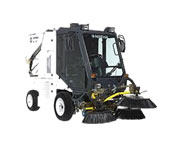
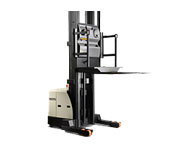
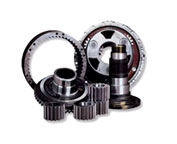
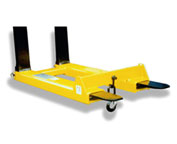
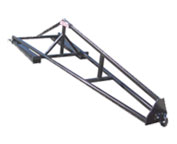
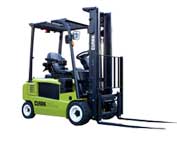
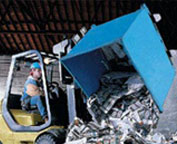
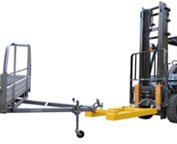
Lift Parts Express
TOLL FREE: 1-888-695-7994
Jackson, Mississippi
forkliftpartsjackson.com
Email Us
About Us


